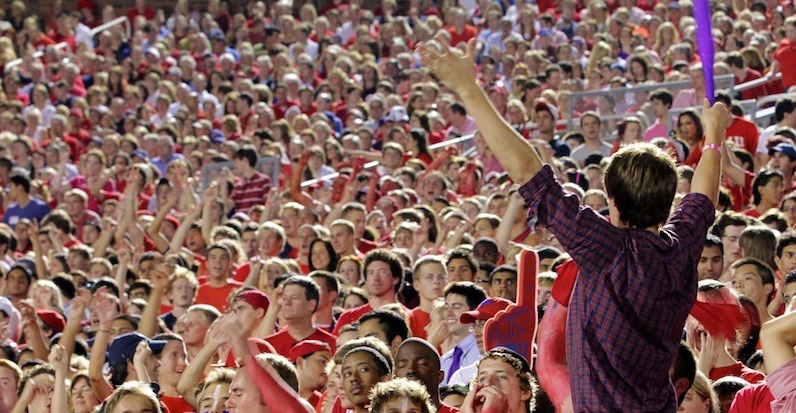Capacity Reached: 90,000 at Wembley for Lionesses’ clash with Germany
England women made headlines earlier in October by selling-out Wembley’s 90,000-seats for their friendly against Germany on November 9th. The match’s popularity crushed the previous record set by 2014’s home game, also against Germany, attended by 45,619. This feat comes amid the country’s increasing interest in the women’s team following the World Cup in Paris this year.
During the Women’s World Cup, female football reached new heights of media coverage, as the record number of UK viewers was broken four times watching a women’s football match, as 11.7 million people watched the semi-final loss to eventual tournament winners USA. However the media attention, or lack of, predominantly brought to the surface the startling disparity between men’s and women’s treatment within the sport. For, whilst almost 12 million viewers watched the semi-final is an improvement to be celebrated, it remains less than half of the 26 million who tuned in for the men’s defeat at the same stage the year before.
The difference in the ticket costs of the men’s World Cup final and the women’s was breath-taking: £824.44 versus £75.12. Although there are multiple factors that impact ticket prices, there is one message conveyed by all these disparities: women’s football matters less than men’s in the UK. To whom? It seems like the public are more than excited to watch and attend women’s games, but it is the media, national governing bodies and tournament organisers that consistently fail to invest the air time and money into women’s football.
Norway and New Zealand have made the move to pay all players representing the country equally regardless of gender
Some of the most motivating headlines to come out of the Women’s World Cup surrounded the winning team’s fight for equal pay. Megan Rapinoe, co-captain of the USWNT, in the wake of her side’s World Cup triumph told the media: ‘we show up for a game, if we win the game, if we lose the game, if we tie the game we want to be paid equally, period.’ The team filed a lawsuit against their governing body on the grounds of ‘institutionalized gender discrimination’, because the prize money awarded by FIFA is awarded to the national federations who then choose how to distribute it among the players and other areas of the sport.
The US aren’t the only women’s team to be taking action against the inequality in football: in 2016 the Nigerian team, having won the Women’s Africa Cup of Nations, staged a sit-in protest over outstanding payments, while both Norway and New Zealand have made the move to pay all players representing the country equally regardless of gender.
Another positive headline recently read that tickets for the Iran-Cambodia World Cup qualifier in Tehran sold out within minutes, after women were allowed to buy their own tickets for the first time in 40 years. The women attending, who were interviewed, emanated joy at their ability to safely watch and engage in the sport. The women’s section of the stand was quadrupled as tickets continued to sell, and was packed with flag-waving, cheering female supporters, in contrast to the men’s far larger section that remained mostly empty.
All of these stories and figures show that women want to be involved in football, they want to watch, to play and to be considered athletes as valuable as their male counterparts. The UK does not lack female role models in sport, the UK lacks an acceptance of women’s sport as the norm, and the acceptance of women’s sport as equally competitive, exciting and successful as men’s.
Hopefully women’s football will get the recognition it deserves
That Wembley is sold out for the Lionesses’ match in November, is an incredible sign of the country’s move towards gender equality in football. Similarly Nicky Morgan, the culture secretary, called in September for women’s major sporting events to be added to TV’s ‘crown jewels’ list (which are events that must be available to 95% of the public or more on free-to-air channels). Hopefully by protecting the media coverage of women’s football and by fighting the gender pay-gap vocally and unapologetically, women’s football will get the recognition it deserves.

Comments